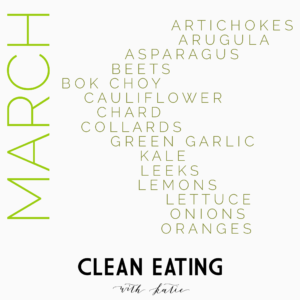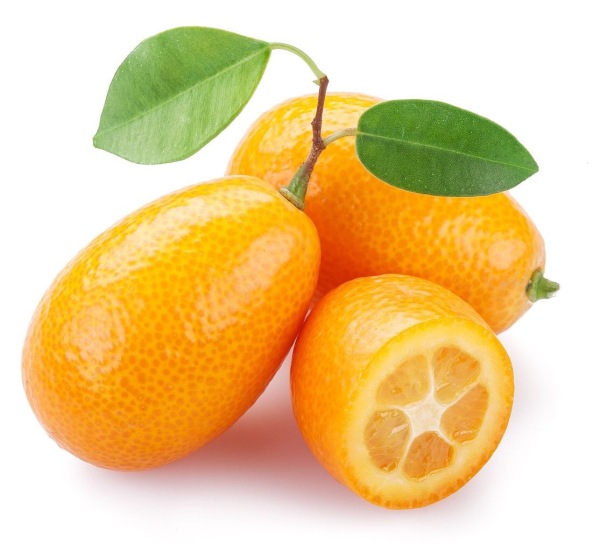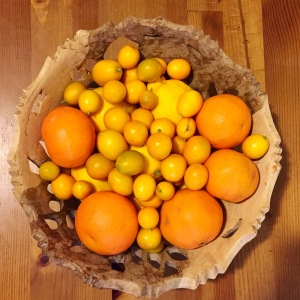I first switched to Tom’s of Maine deodorant when I was about 21 years old. It worked well for a few days and then I broke out in a crazy rash. I had avoid wearing deodorant or shaving for about a week. Boy, did I stink!! [I’m normally kind of a stinky person, or at least I was…]
Fast forward about ten years. I had given up the natural deodorant quest during my 20’s. But as we began eating healthier and being more mindful of the toxins under our control, I went back on my quest for a more natural deodorant. I tried basically every brand that Whole Foods sells, including Jason and Nourish. I also tried Primal Pit Paste. None of them worked for me and most of them gave me a rash. I finally settled on a few days of my Dove deodorant and then a few days of my natural deodorant.
Then a friend gave me a recipe for a homemade deodorant. It used essential oils, shea butter, and cocoa butter. It didn’t give me a rash like the others, but I didn’t like the way it smelled (ylang ylang, yuck!) nor did I feel “fresh”.
I kept using my rotational method, toxic deodorant for a few days, natural deodorant for a few days. Then came L-Day [lump discovery day]. On April 30th, 2014, I found a lump in my right breast. After I picked my crying self up off the bathroom floor and after calling my husband sobbing, I did two things. 1) I threw my conventional [aka toxic] deodorant in the trash and 2) I recycled any plastic food containers we had [we never heated food in the plastic containers, but I didn’t even want them near my salads anymore]. My reasoning behind this logic: if it’s not Cancer, this is a wake up call for you. You might get a second chance, don’t blow it. Well, it turned out that it was Cancer [more about that can be found here].
I resolved to use only “hippie” deodorant [as my husband calls it] from there on out. Stink or no stink.
About 10 months later, after I got my Young Living Essential Oil Starter Kit, one of the first things I decided to make was deodorant. I really liked the blend that I made and was quite happy with it. Until I went back to work. I went back to teaching after Cancer treatment [chemo, surgery, and radiation] and I noticed very quickly that I was really stinky. BY 10AM!!! I really hadn’t even done much by 10 am, but it didn’t matter. I stunk.
I remembered having seen a pin on Pinterest floating around about detoxing armpits. So I found the long since buried pin and decided to give it a try. I had nothing left to lose.
Often times, when switching from conventional deodorant to natural deodorant, people often complain that natural deodorants don’t work for them. That was me every time I tried to make the switch. Our sweat glands can get clogged with toxins, especially when using conventional deodorants with chemicals in them. When the sweat glands get blocked, the armpit is more odorous. Using a bentonite clay mixture can hel
p to clear the glands of the blockages and can prevent your armpits from stinking. Here is a link to the bentonite clay. Aztec Secret Indian Healing Clay Deep Pore Cleansing, 1 Pound . Here is the Pin from Wellness Mama.
. Here is the Pin from Wellness Mama.
Detox Recipe
1 T Bentonite Clay
1 T Bragg Organic Raw Apple Cider Vinegar, 32 Ounce – 1 Pack
water, as needed for consistency
Mix all three ingredients together in a glass bowl with a non-metal spoon. It should be the consistency of a smooth paste. Apply to armpits and leave on for 5-20 minutes. Wash off with warm water and a washcloth.
This is a bit messy, FYI. I did this for 5 days in a row before bed. I would mix it up, apply to my armpits, put a towel on the couch, and watch TV while it dried. It did not irritate my skin, but I would suggest doing a test run on a small area of the skin first.
Deodorant Recipe
10 drops Young Living Lavender essential oil
10 drops Young Living Purification essential oil
10 drops Young Living Tea Tree essential oil
10 drops Young Living RC essential oil
5 drops Young Living Joy essential oil
5 drops Young Living Eucalyptus essential oil
Add all essential oils to a roller ball and fill with fractionated coconut oil (or your favorite carrier oil). Enjoy!
Hugs and Health <3,
Katie











